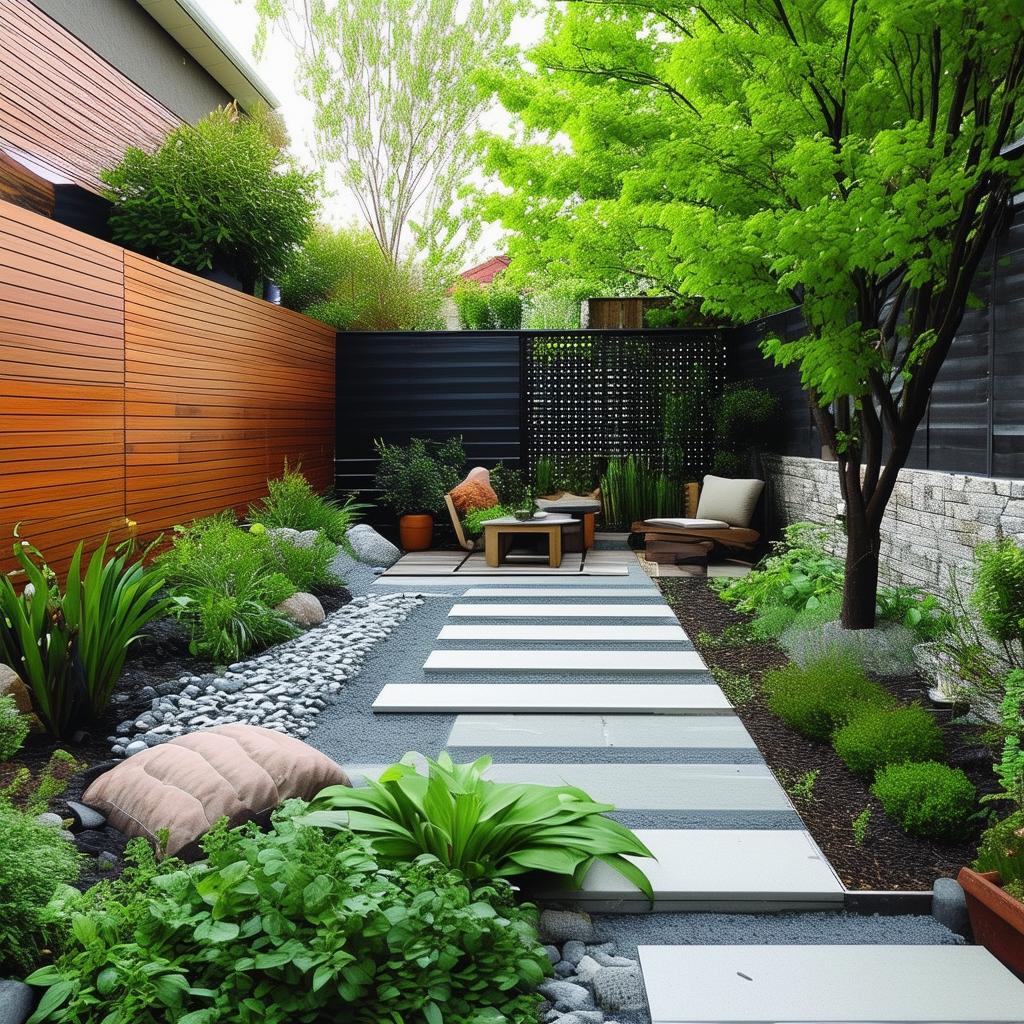In a world where space is at a premium, finding ways to make the most of small outdoor areas is more important than ever. Whether you have a tiny backyard, a postage stamp-sized patio, or a balcony with barely enough room for a couple of chairs, modern small backyard landscaping techniques can help you create a beautiful and functional outdoor space that meets your needs and reflects your personal style. Gone are the days when small yards were seen as limitations – now, they are opportunities for creativity and innovation in design.

From clever storage solutions to innovative plant choices, revolutionizing compact outdoor spaces is all about thinking outside the box and maximizing every square inch. With the right combination of design elements, materials, and plants, you can transform even the tiniest backyard into a lush, inviting oasis that you’ll never want to leave. In this article, we’ll explore some of the latest trends in modern small backyard landscaping and offer tips and inspiration for turning your pint-sized outdoor space into a stylish and functional retreat.
Creating Multi-functional Zones in Small Backyard Landscapes
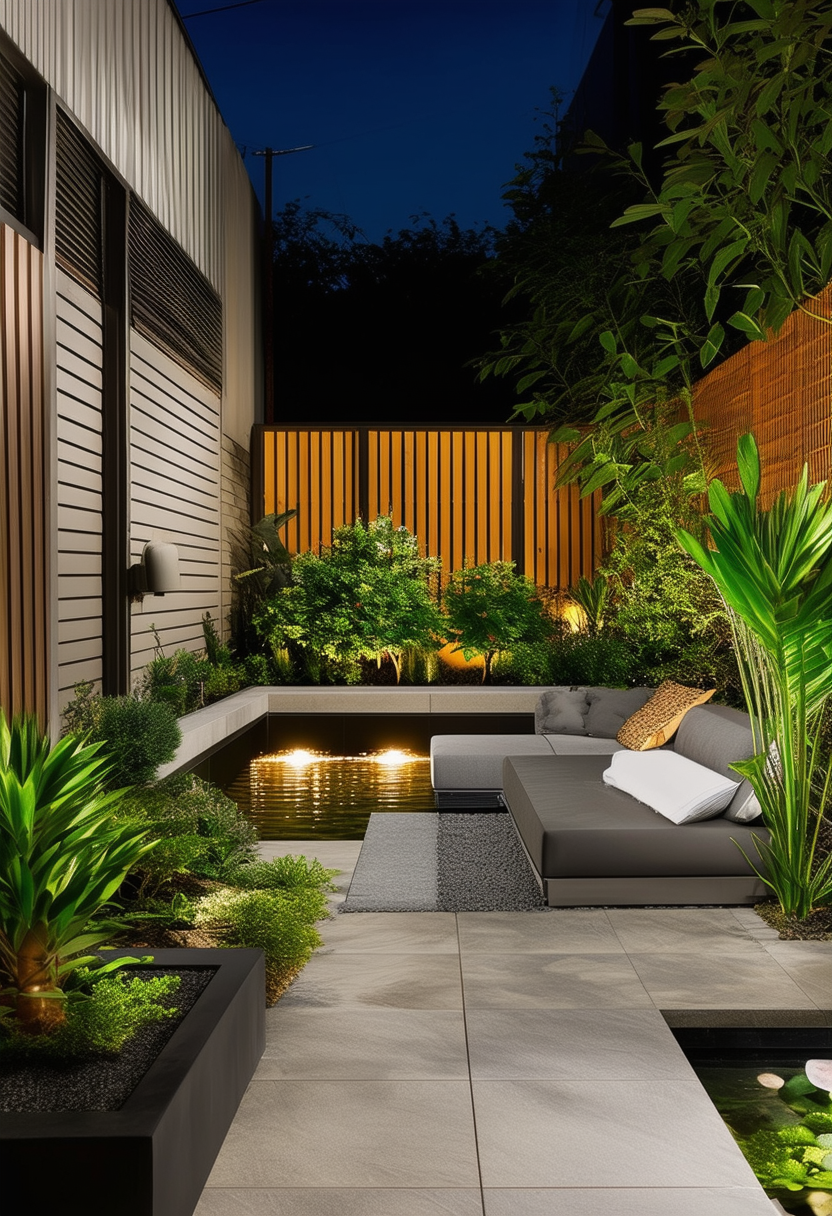 In a small backyard, maximizing space is key to creating a functional and aesthetically pleasing outdoor oasis. One way to achieve this is by incorporating multi-functional zones that serve multiple purposes without sacrificing style. By strategically designing different areas within your backyard, you can make the most out of every square foot.
In a small backyard, maximizing space is key to creating a functional and aesthetically pleasing outdoor oasis. One way to achieve this is by incorporating multi-functional zones that serve multiple purposes without sacrificing style. By strategically designing different areas within your backyard, you can make the most out of every square foot.
One creative idea is to combine a dining area with a lounging space by using versatile furniture pieces that can easily transition from day to night. For example, a sleek dining table can double as a coffee table when not in use, while stackable chairs can be easily moved around to accommodate guests. By blending these two zones, you can create a seamless flow that encourages relaxation and socializing in your outdoor sanctuary.
Another innovative approach is to incorporate a vertical garden wall that not only adds a pop of color and texture but also serves as a partition between different zones. This green feature not only enhances the overall aesthetics of the space but also provides privacy and a sense of seclusion. By utilizing vertical space, you can create a visually stunning backdrop while making the most out of limited square footage.
Incorporating Vertical Gardens for Maximizing Space
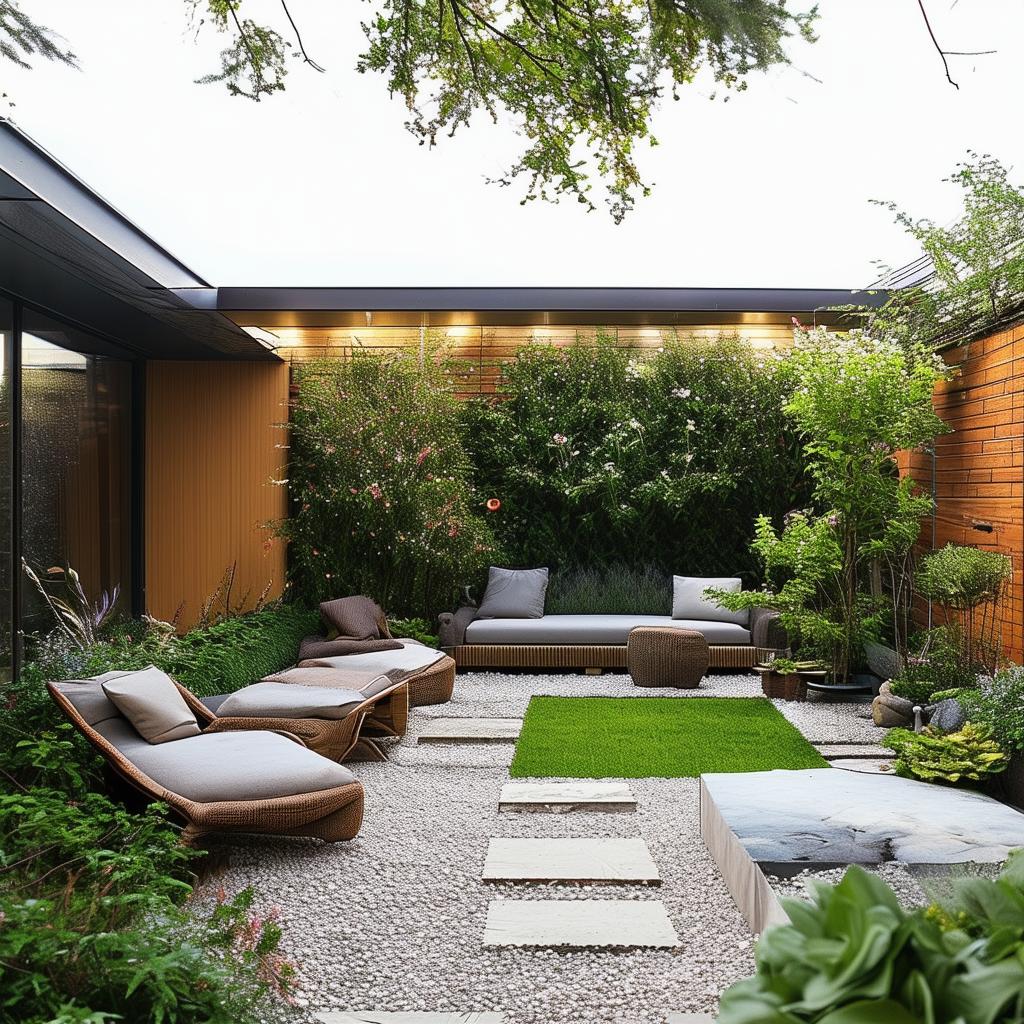 One innovative way to maximize space in compact outdoor areas is by incorporating vertical gardens. Vertical gardens allow you to take advantage of vertical space, which is often underutilized in small backyard landscaping. By adding greenery to walls, fences, or trellises, you can create a lush and vibrant oasis in even the smallest of outdoor spaces.
One innovative way to maximize space in compact outdoor areas is by incorporating vertical gardens. Vertical gardens allow you to take advantage of vertical space, which is often underutilized in small backyard landscaping. By adding greenery to walls, fences, or trellises, you can create a lush and vibrant oasis in even the smallest of outdoor spaces.
Vertical gardens not only add beauty to your outdoor area but also provide numerous benefits. They can help to improve air quality, reduce noise pollution, and even lower energy costs by providing insulation. Additionally, vertical gardens can attract wildlife, such as birds and butterflies, creating a more dynamic and lively environment in your backyard.
| Vertical gardens add beauty and functionality to small outdoor spaces. |
| They can help improve air quality and reduce noise pollution. |
| Vertical gardens can attract wildlife, creating a dynamic environment. |
When designing a vertical garden for a small backyard, consider the types of plants that thrive in vertical environments, such as succulents, ferns, and ivy. Choose plants that are well-suited to the amount of sunlight your outdoor space receives, and make sure to provide adequate water and nutrients. With a well-designed vertical garden, you can transform a compact outdoor area into a green and serene retreat that maximizes space and enhances your overall landscaping.
Utilizing Smart Furniture and Built-in Storage Solutions
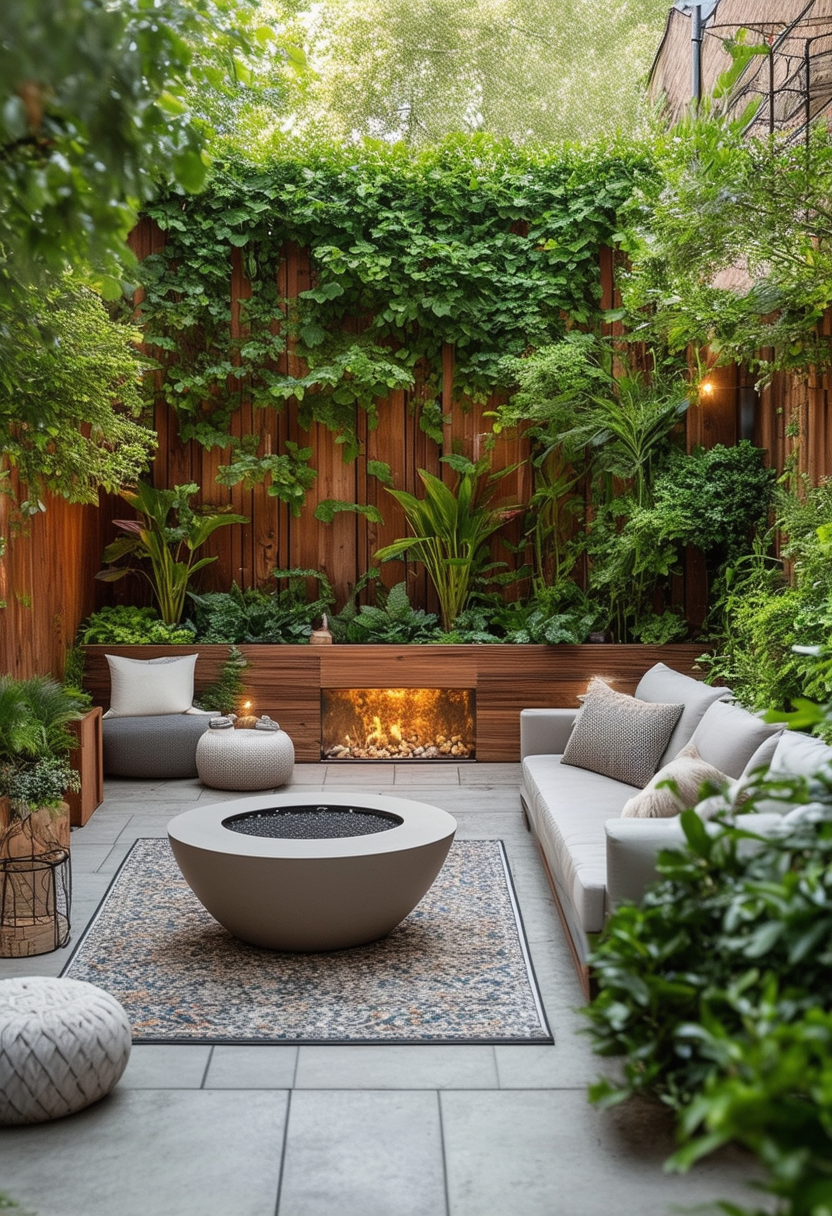 Transform your compact outdoor space into a functional and stylish oasis with the latest smart furniture and built-in storage solutions. Say goodbye to clutter and hello to a streamlined and organized backyard that maximizes every square inch. With innovative design elements, you can revolutionize the way you utilize your small outdoor area.
Transform your compact outdoor space into a functional and stylish oasis with the latest smart furniture and built-in storage solutions. Say goodbye to clutter and hello to a streamlined and organized backyard that maximizes every square inch. With innovative design elements, you can revolutionize the way you utilize your small outdoor area.
One of the key features of modern small backyard landscaping is the incorporation of versatile smart furniture. Imagine a sleek dining table that transforms into a cozy lounge area with just a push of a button. Or a compact outdoor sofa with hidden storage compartments to keep your cushions and throws neatly tucked away when not in use. These multifunctional pieces not only save space but also add a touch of sophistication to your outdoor space.
Another game-changer in compact outdoor design is the use of built-in storage solutions. From hidden cabinets under built-in benches to vertical shelving units that double as planters, there are endless possibilities to optimize storage in a small backyard. By strategically integrating storage into your outdoor design, you can maintain a clean and uncluttered space while still having all your essentials close at hand.
Implementing Low-maintenance Plants and Sustainable Design Practices
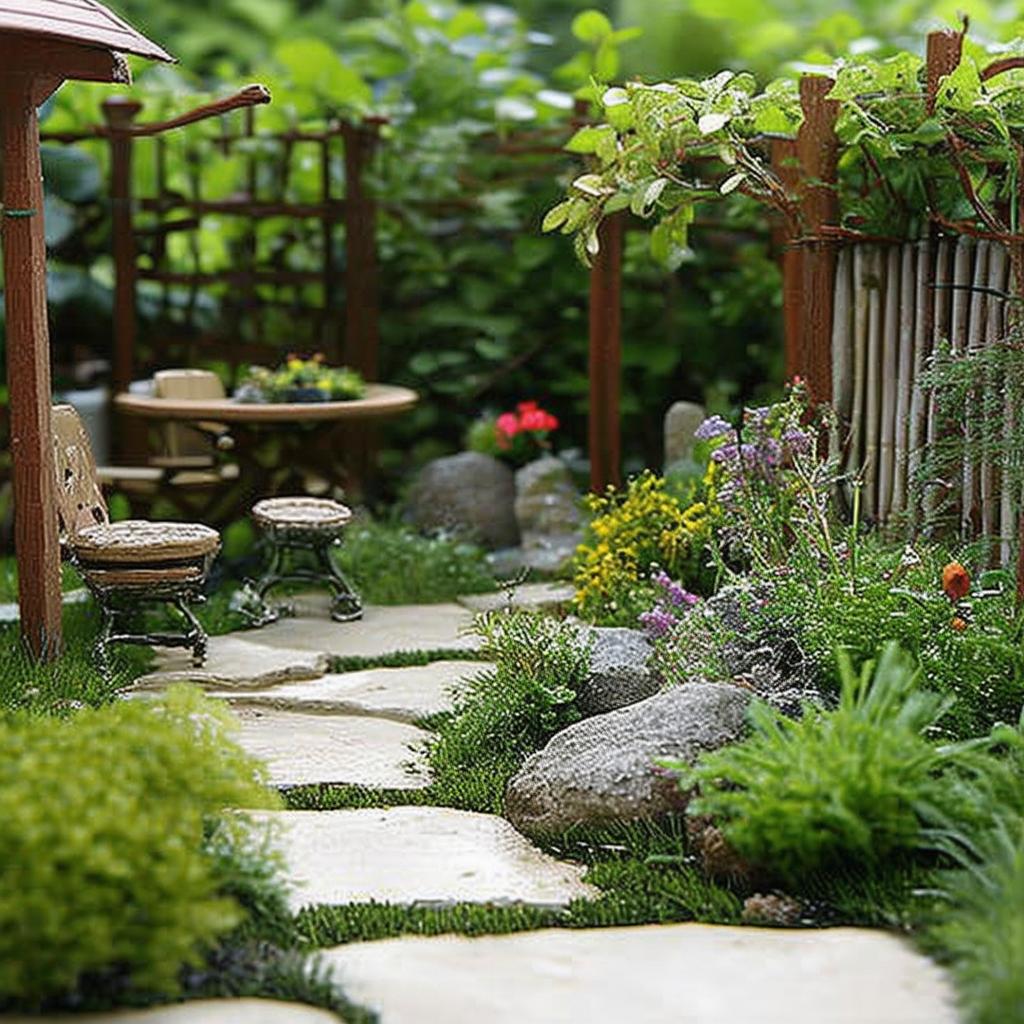 Revolutionize your compact outdoor space with a modern small backyard landscaping design that incorporates low-maintenance plants and sustainable design practices. By choosing plants that require minimal care and using eco-friendly design techniques, you can create a beautiful and functional outdoor oasis that is easy to maintain and environmentally friendly.
Revolutionize your compact outdoor space with a modern small backyard landscaping design that incorporates low-maintenance plants and sustainable design practices. By choosing plants that require minimal care and using eco-friendly design techniques, you can create a beautiful and functional outdoor oasis that is easy to maintain and environmentally friendly.
One key aspect of modern small backyard landscaping is selecting low-maintenance plants that are well-suited to your climate and soil conditions. Consider incorporating native plants that are adapted to your area’s climate and require less water and maintenance. Succulents, ornamental grasses, and drought-tolerant perennials are great options for adding texture and visual interest to your outdoor space without the need for frequent watering or pruning.
| Low-Maintenance Plants | Sustainable Design Practices |
| Drought-tolerant perennials | Xeriscaping |
| Succulents | Rainwater harvesting |
| Ornamental grasses | Native plant landscaping |
